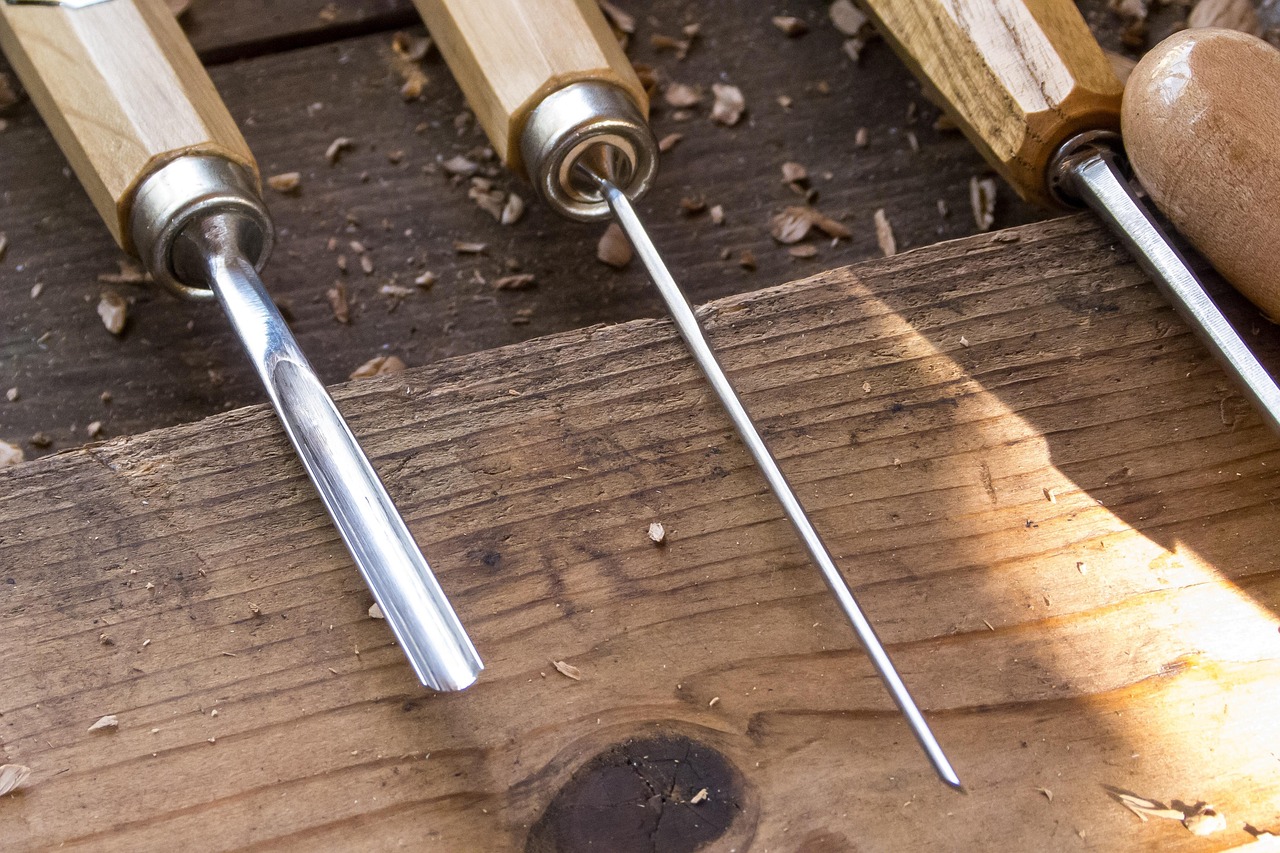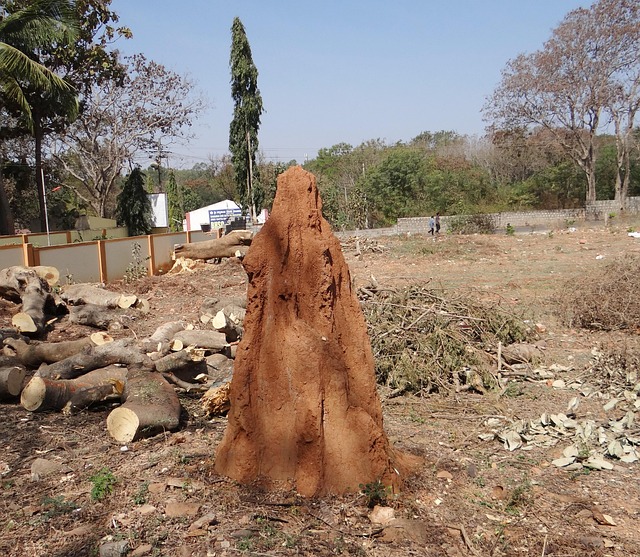What Homeowners Often Miss When Checking for Termite Activity
Termites are one of the most destructive pests that can silently damage a home's structure and foundation without the homeowner's immediate knowledge. Despite routine checks and pest control measures, many homeowners still miss crucial signs of termite activity. This oversight can lead to costly repairs, health risks, and a significant drop in property value. While termites are notorious for their ability to remain hidden, understanding where and how to look for them can make a big difference in early detection and prevention. In this post, we'll uncover the common mistakes homeowners make when inspecting for termites and highlight what to watch for to protect your home effectively.
Overlooking Subtle Signs of Termite Presence
Many homeowners miss early warnings of termite infestations because the signs are often subtle and easy to dismiss. Things like faint tapping noises inside walls, slightly warped or blistered wood, or even paint that appears to bubble for no reason can indicate a serious issue. Tiny mud tubes, discarded wings, or other evidence of termites are often hidden in places people rarely check. Ignoring these small hints allows termites to continue damaging your home unnoticed. If you observe any unusual changes in wood structures or suspect termite activity, it's wise to contact a licensed pest control professional immediately to assess the situation and prevent further structural damage.

Ignoring the Importance of Regular Inspections
One of the biggest mistakes homeowners make is assuming a single inspection or sporadic checks are enough to keep termites at bay. Termites can establish colonies quickly and silently, often going unnoticed for months or even years. Regular and comprehensive inspections, ideally twice a year, are crucial. Many rely only on casual visual checks around the foundation or the perimeter, which barely scratches the surface. A proper inspection includes checking inside walls, under floors, and in less obvious places like crawl spaces, attics, and even behind furniture. Missing these thorough checks means missing early signs of infestation, allowing termites to spread deeper and cause more damage.
Neglecting to Inspect Hidden and Hard-to-Reach Areas
Termites are masters of concealment and tend to thrive in areas that are rarely disturbed. Many homeowners fail to inspect critical hidden spots where termites can easily establish colonies. These include wall voids, spaces behind baseboards, inside cabinets, under carpets, and inside insulation. Crawl spaces and basements, especially if damp or poorly ventilated, are prime locations for termites but often get overlooked because they are out of sight and hard to access. Failing to check these hidden areas allows termites to operate undetected, increasing the risk of serious damage.
Forgetting to Check Outdoor Wood and Soil Contact Points
A common oversight is neglecting termite activity around the exterior of the home, particularly where wood meets soil. Termites usually gain entry by tunneling from the soil into wooden parts of the house, such as decks, fences, porch supports, and siding. Homeowners frequently ignore wooden landscaping elements or piles of firewood stored too close to the home, which can harbor termite colonies and serve as a gateway. Mulch placed against the house can retain moisture and attract termites, so it's important to inspect these outdoor areas regularly to prevent infestations from migrating indoors.
Underestimating the Role of Moisture and Poor Drainage
Moisture is a key factor that attracts termites and facilitates their survival. Many homeowners miss this crucial link and fail to address drainage or humidity issues that create a hospitable environment for termites. Leaking pipes, clogged gutters, improper grading around the foundation, and poor ventilation in crawl spaces all contribute to excess moisture accumulation. Without controlling these moisture sources, even the best inspection efforts can be futile because termites will continue to thrive. Homeowners should always include moisture control in their termite prevention strategy, as it plays a significant role in reducing termite risk.
Relying Solely on DIY Methods Instead of Professional Help

While DIY termite inspections can help detect some signs of infestation, many homeowners mistakenly believe these efforts are sufficient to manage the problem. Termite detection and eradication require specialized knowledge, tools, and treatments that professionals bring to the table. Pest control experts use advanced techniques like thermal imaging, moisture meters, and baiting systems to identify hidden colonies and assess damage. Attempting to handle termites without professional guidance often results in incomplete eradication and recurring infestations. For peace of mind and effective termite management, regular professional inspections and treatments are essential.
Termites pose a significant threat to homeowners, often causing hidden and expensive damage if left undetected. By understanding what homeowners frequently miss, such as the need for thorough inspections, recognizing subtle signs, checking hidden areas, monitoring outdoor wood contact points, controlling moisture, and seeking professional help, you can greatly improve your chances of catching termite activity early. Early detection saves money and helps preserve the safety and value of your home. Taking termite prevention seriously is one of the best investments any homeowner can make.
Published 5/24/25